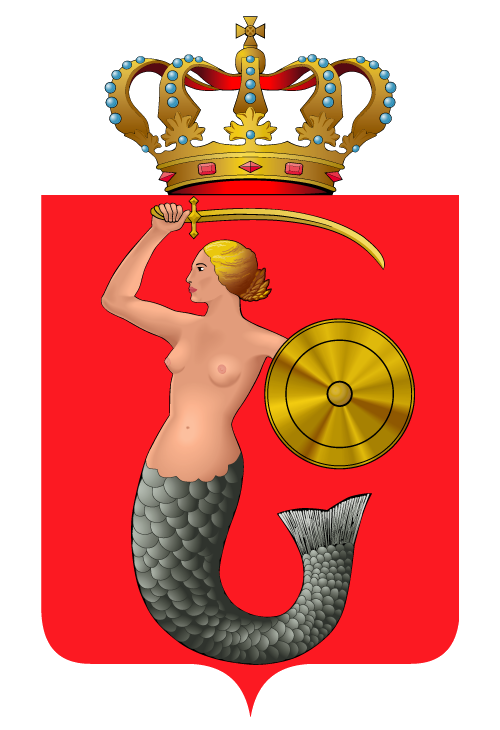This is an old revision of this page, as edited by Space Cadet (talk | contribs) at 20:23, 9 October 2003 (Why is German name more important than russian, lithuanian, belorussian, ukrainian, slovak or czech?). The present address (URL) is a permanent link to this revision, which may differ significantly from the current revision.
Revision as of 20:23, 9 October 2003 by Space Cadet (talk | contribs) (Why is German name more important than russian, lithuanian, belorussian, ukrainian, slovak or czech?)(diff) ← Previous revision | Latest revision (diff) | Newer revision → (diff)
Warsaw (Polish: Warszawa, pronounce as: Varshava) has been the capital of Poland since 1596, when King Sigismund III moved the capital from Krakow. The population of Warsaw as of 1999 was 1,618,468. The city is also the capital of Masovian Voivodship and is located in the east-central part of the country.
History
On February 27, 1861 a crowd in Warsaw protesting Russian rule over Poland was fired upon by Russian troops killing five protesters.
Warsaw is notable among Europe's capital cities not for its size, its age, or its beauty but for its indestructibility. It is a phoenix that has risen repeatedly from the ashes of war. Having suffered fearful damage during the Swedish and Prussian occupation of 1655-56, it was again assaulted in 1794, when the Russian army massacred the population of the right-bank suburb of Praga. In 1943 Jews amassed by Germans in Warsaw ghetto fought back in the Warsaw ghetto uprising. On August 1, 1944, the general population started the Warsaw uprising; after it had failed, the city was razed by Adolf Hitler's order; the left-bank suburbs, controlled by the Germans, were emptied of their remaining population and the buildings were systematically reduced to rubble by fire and dynamite. In 1945, however, the people of Warsaw, the Varsovians, returned, and the city resumed its role as the capital of Poland and the country's centre of social, political,economic, scientific, and cultural life. Many of the historic streets, buildings, and churches have been restored exactly according to their original forms. The Historic Centre of Warsaw was entered in 1980 onto the UNESCO list of World Heritage Sites.
Sights
Emblem and colors
Since the second half of the 18th century, the emblem of Warsaw (originally a siren) has been a mermaid with sword and shield in hand, representing the creature who in legend led a prince to the site of Warsaw and ordered him to found the city. The city's motto is, appropriately, "Contemnit procellas" ("It defies the storms").
The city colours are yellow and red, arranged as two stripes on a flag - yellow on top and red on the bottom.
Administrative disticts
Warsaw is divided in 11 distinct entities with their own administrative bodies
- Warszawa-Centrum
- Warszawa-Bialoleka
- Warszawa-Targowek
- Warszawa-Rembertow
- Warszawa-Wawer
- Warszawa-Wilanow
- Warszawa-Ursynow
- Warszawa-Wlochy
- Warszawa-Ursus
- Warszawa-Bemowo
- Warszawa-Bielany
see also Warsaw Pact, Warsaw Fire Brigade, Warsaw Metro
This page is about the city Warsaw in Poland. There are also:
